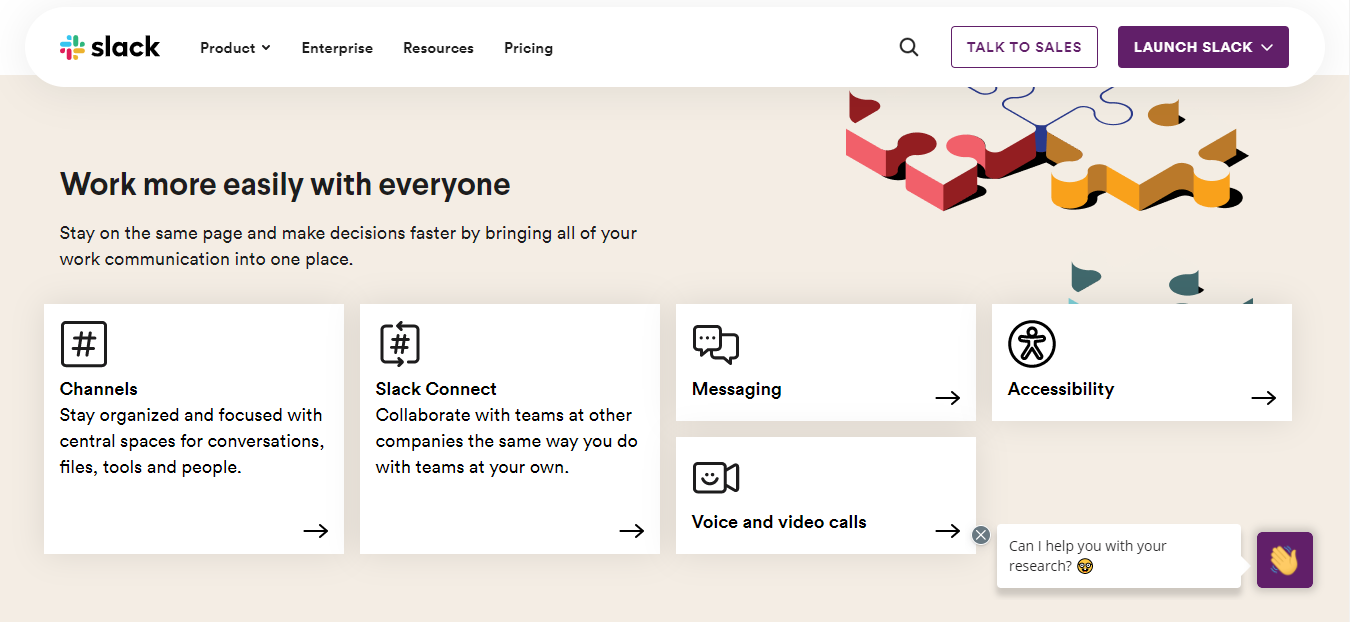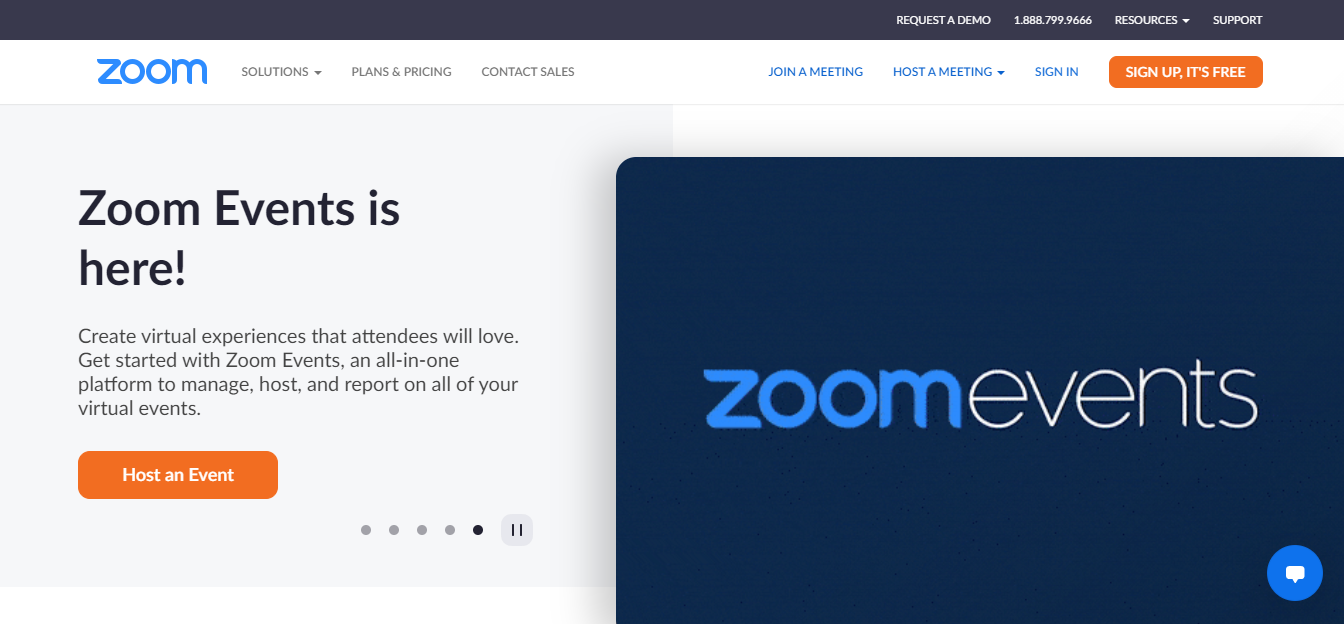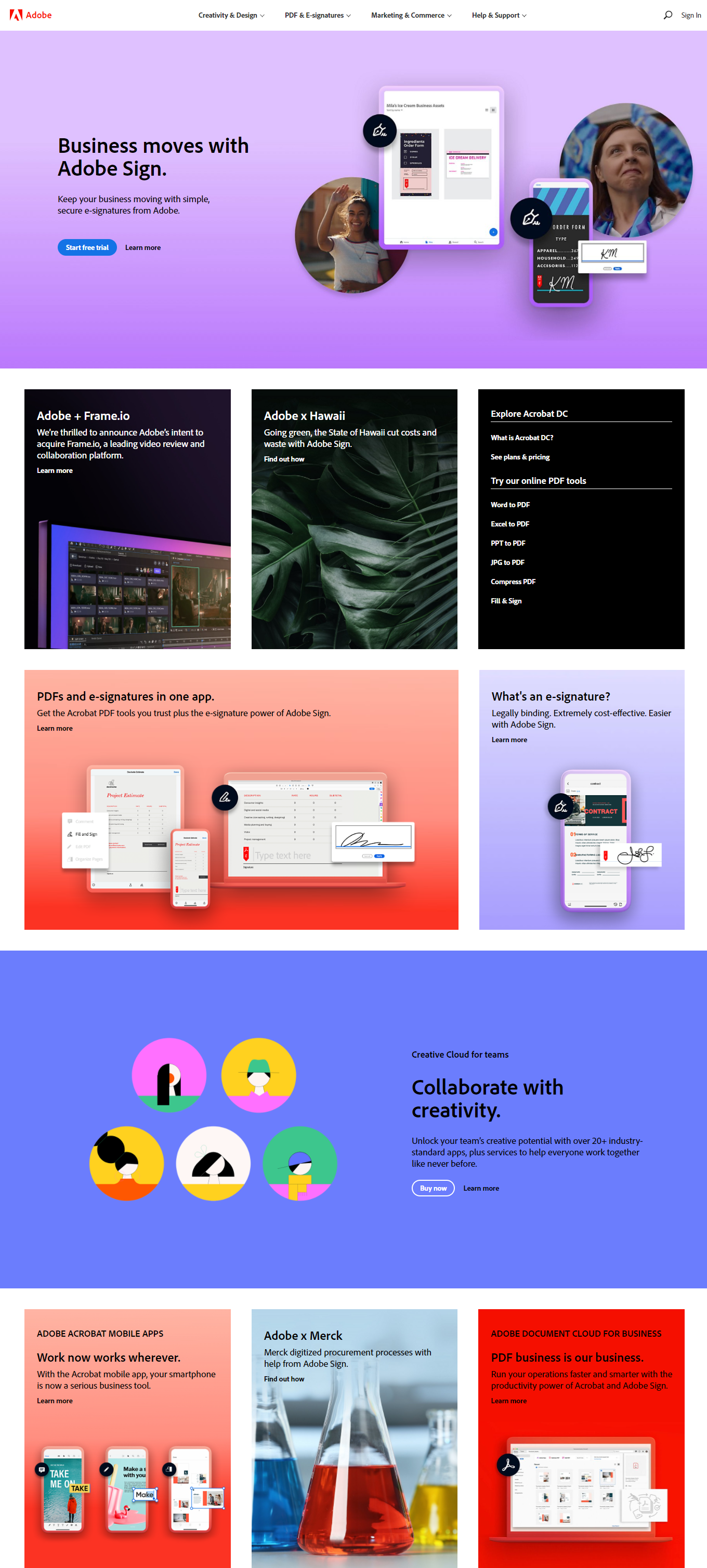SaaS (software as a service) is a type of software delivery that involves a cloud provider, enabling end-users to access information or applications from different devices by using a browser. SaaS companies are subscription-based, and they don’t oblige users to download and install their apps or programs.
Watch the video below to discover some essential facts about SaaS companies.
In this article, we’ll review the features, advantages, and disadvantages of SaaS and make the difference between SaaS and PaaS clear. We’ll also unveil some common SaaS security issues and key metrics and find out how to build a SaaS company in seven steps.
5 Features of SaaS Technology
The software distribution model can be characterized by the following features:
- Reduced installation time. Unlike traditional app companies, SaaS apps’ configuration and installation process is simple and fast. Product owners roll out their new applications to users seamlessly due to cloud computing. SaaS providers simplify the processes and reduce costs on software and hardware maintenance by freeing users from the need to install apps on their computers. As a result, people save time on all these processes and eliminate potential issues.
- Low cost. SaaS companies are an excellent choice for entrepreneurs with limited budgets. By running this business, product owners can avoid the upfront hardware costs, costs on maintenance, and upgrades.
- Flexibility. New apps, their additional features, and new clients contribute to your SaaS flexibility. This point is critical if you want to have a competitive advantage over rivals in your industry. SaaS has it all: features, users, and customized solutions for them. If you take these points into account, you can be sure that your company scales faster.
- Integration. Since SaaS solutions have integrations with other essential apps, customers don’t have to pay for other necessary software, and users can benefit from these integrations without paying twice.
- Quick updates. Companies constantly update their apps to provide customers with innovations and cutting-edge features. Clients can always be sure that updates installation won’t take a lot of time.
Let’s review the main advantages and disadvantages of being a SaaS company.
Advantages and Disadvantages of SaaS
Nowadays, more and more SaaS companies emerge in the market. This phenomenon is caused by the potential advantages a company can bring to its owner and customers. First of all, there’s a point in mentioning its lower initial costs since the subscription-based business model has no upfront license fees. Secondly, SaaS is easy to set up and deploy, meaning that people will not experience many delays. Thirdly, customers can easily access SaaS apps using only their browser and internet connection.
SaaS companies always provide customers with different subscription plans to choose from. They also ensure that their clients encounter a minimum number of complications, which is why they manage all updates by themselves.
However, just like with any other service or company, SaaS has several drawbacks. The disadvantages include:
- a limited variety of apps;
- lower performance;
- a possibility of losing access to data due to certain internet connection issues;
- data privacy concerns.
Now that you know all the pros and cons, it’s time for you to find out the difference between SaaS and PaaS. It will help you make an informed decision based on your primary purpose.
SaaS vs. PaaS
Software as a service is a subscription-based software delivery service that uses browsers to distribute apps to clients. Third-party providers manage the applications to deliver them to the end-users. Customers just need to open their browsers to access these apps. Examples of SaaS include Dropbox, Cisco WebEx, and Google Workspace.
Platform as a service provides users with access to certain hardware and software tools available on the internet. Then, developers use these tools to create apps. People who develop software or apps are the main target audience of PaaS. It provides them with a platform where they can design excellent software. With PaaS, developers don’t have to spend all their efforts and time on developing an application from scratch and writing codes. Examples of PaaS include Microsoft Azure, Linode, and Amazon Web Services.
Simply put, SaaS and PaaS are different ways of using the cloud to achieve your goals. SaaS is a type of ready-made subscription-based software that can be accessed using a browser, whereas PaaS is a platform that supplies hardware and software tools, allowing developers to create apps within this platform.
Now that the differences between the models are clear, let’s review several issues that might occur when running a SaaS company.
Most Common SaaS Security Issues
Although SaaS companies are considered very profitable and successful nowadays, there are still some drawbacks that can hold them back. Security issues are in the first row of SaaS drawbacks associated with data and access to it. There are possibilities of data theft, limited control over users who can have access to sensitive data, inability to control your data location, limited security, and possible cyber attacks.
Now that you are aware of all the SaaS security problems, we need to find out how to create a SaaS company efficiently.
How to Build a SaaS Company in 7 steps
- Create a product that can solve a customer’s problem
- Develop a step-by-step business plan
- Ensure that your idea is valid
- Legalize your company
- Enhance your product
- Choose the right marketing strategy
- Keep an eye on your metrics
A lot of people strive to run a thriving and profitable company, yet not all of them succeed. To do everything right, you need to follow these steps:
- Create a product that can solve a customer’s problem. You need to outline a clear problem and provide a solution addressing it. Make use of your profound knowledge and skills in the industry to offer a better solution, and show your expertise to outrank your competitors.
- Develop a step-by-step business plan. There’s no need to write a lot because a one-page pitch is enough to start. The plan should cover your strategy, tactics, business model, and schedule. Your strategy section should contain a unique value proposition, target audience, problems and solutions, and competitive advantage. Tactics should encompass sales channels and approaches. In the business model section, you need to list your revenue streams and expenditures, and the schedule should include your action plan.
- Ensure that your idea is valid. To start, you need to list all of the assumptions and ideas regarding your product and the benefits it can bring. By asking questions and answering them, you can figure out whether your idea will work and bring you and your customers more value. There are several ways you can do this: have an interview with your potential customers, conduct a competitive analysis, or create a test version of your product.
- Legalize your company. Although you don’t have to comply with regulations to create your software, you are obliged to do so to serve the market. Look through the rules and regulations to ensure that you follow them without breaking the law. Select a business structure to which your company belongs, and register it after going through all the necessary processes. To register, you also need a catchy brand name, so you might want to invest some extra time in that.
- Enhance your product. Consider creating a minimum viable product (it includes some basic features customers can use to give you their feedback). MVP helps minimize costs and collect data important for future changes in the product. Accumulate your team’s ideas to obtain the best result, and avoid outsourcing your core product development team since there’s a risk of information leaks. It’s advisable to stick to your initial team.
- Choose the right marketing strategy. You can make use of a variety of marketing tools and channels to market your product, from pay-per-click ads, traditional advertising, and email marketing to paid ads on social media platforms. It’s a good idea to use several channels to communicate your message and educate leads about your product. However, make sure to use the most effective channels and run an experiment to determine them.
- Keep an eye on your metrics. If you want to start a company and ensure it runs smoothly, you need to monitor its key metrics. When evaluating your performance, you can obtain several useful insights about your business. This will allow you to improve your company’s well-being, solve some issues before they become a real threat to your business, make strategic decisions, etc.
Let’s review the key SaaS metrics in more detail.
How to Measure Your SaaS Performance
It’s essential to keep an eye on your SaaS performance to determine whether your company is growing. Let’s review the key metrics that will help you evaluate your business well-being.
- Customer churn. The rate defines the percentage of consumers who have stopped using your service. The metric is crucial for assessing customer retention and the general condition of your business. When measuring your monthly churn rate, try to collect as much data as possible to determine why customers stopped using your product. Analyze their buyer personas, preferences, and behavioral patterns. It will help reveal the primary customer churn causes, eliminate them, and prevent the increase in customer churn.
- Customer lifetime value. The metric identifies the sum of money each customer spends on your products. This measure represents how valuable the client is and whether it’s worth retaining them. If your SaaS strategy is doing well, this metric should be higher than the costs your brand spends on this customer. Check out our guide to find the formula and calculate the measure for your SaaS company. By estimating your company’s customer lifetime value, you and your investors can have a clear picture of your business health and the value it carries.
- Revenue churn. Different users have different impacts on a company’s revenue since their pricing plans vary in cost. Some customers pay more for your products, and others use free plans. Consequently, losing your paying customers, especially those who buy premium subscription plans, will harm your income. If you lose clients that use free plans, it will only influence the number of your potential paying customers.
It’s time to dive into the most successful SaaS examples to get inspired by famous companies.
Top 3 Successful SaaS Examples
To become successful, SaaS companies create various software solutions that simplify their clients’ lives. They develop programs for personal use and huge enterprises. We’ve prepared the most successful SaaS company examples to help you grab some inspiration, so let’s dive in.
Slack
Slack is a billion-dollar SaaS solution company. With more than 12 million users worldwide, the brand managed to get a $2.8 billion valuation. Its excellent visual design helps grab customers’ attention in a crowded market.
Businesses prefer Slack for its seamless user experience and great UX design. The company has a favorable position because the platform is intuitive and user-friendly. There are other benefits that contribute to Slack’s success: excellent team management features, 24/7 customer support, and access to other necessary apps. The platform’s convenience enables it to compete with industry giants.

Zoom
Zoom is a famous video conferencing platform with its registered annual meeting minutes amounting to 3.3 trillion. It took the company only four years to become a platform used by millions of people all over the world. This SaaS company attained success and high profitability because of its focus on product development and a customer-centered approach. Zoom managed to prosper and grow fast because of the increased demand for group video calls during the pandemic.
People prefer the platform to others because of its competitive advantage: it doesn’t require participants to log in, and users can open it in a browser. The company provides an easy-to-use product and high-quality video and audio compared to others.

Adobe
Adobe is a software company with more than 12 million individual and team subscriptions. Founded in 1982, the company gained great success and popularity worldwide. The series of strategic business decisions and marketing efforts created a buzz around the brand and enabled it to prosper. The company excelled in the industry because of its ability to offer valuable use cases for different users and their projects and cater to digital workspaces.
The famous SaaS company has several competitive advantages that make it an industry leader. It’s worth mentioning the company’s software’s ubiquity, extensive customer base, and international recognition.

Congrats, now you know more about the features, metrics, advantages, and disadvantages of SaaS companies. Make use of your knowledge to create a great SaaS company or promote the existing one with our bulk email service, web push notifications, and Telegram, WhatsApp, and Facebook chatbots.
Resources:
- This article defines the term and unveils the SaaS history.
- In this article, you’ll find great examples of successful SaaS companies.
- This article provides readers with key SaaS metrics.
Last Updated: 22.03.2023


or